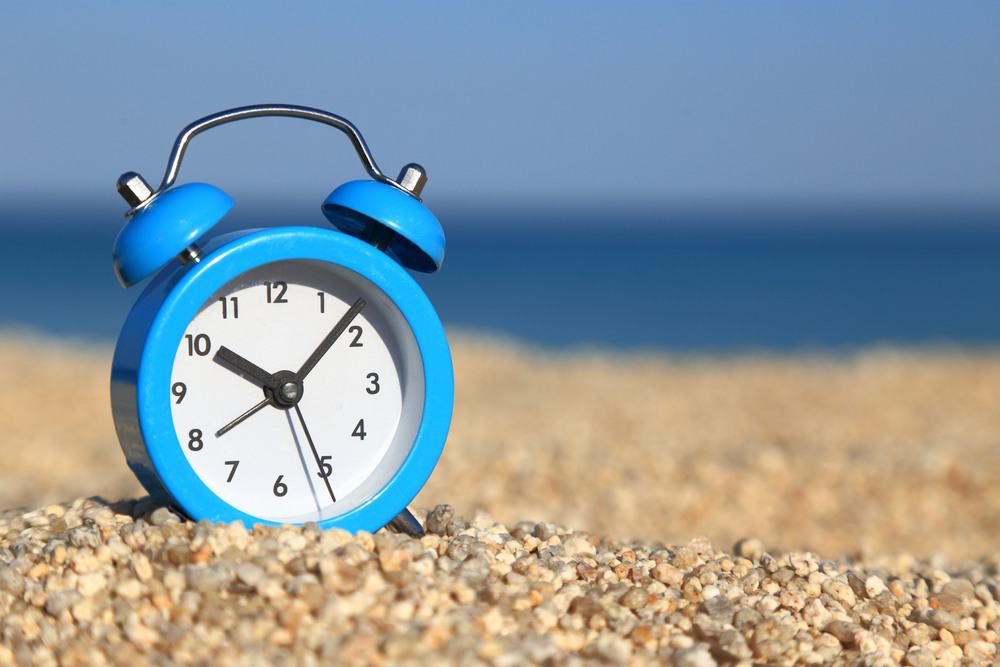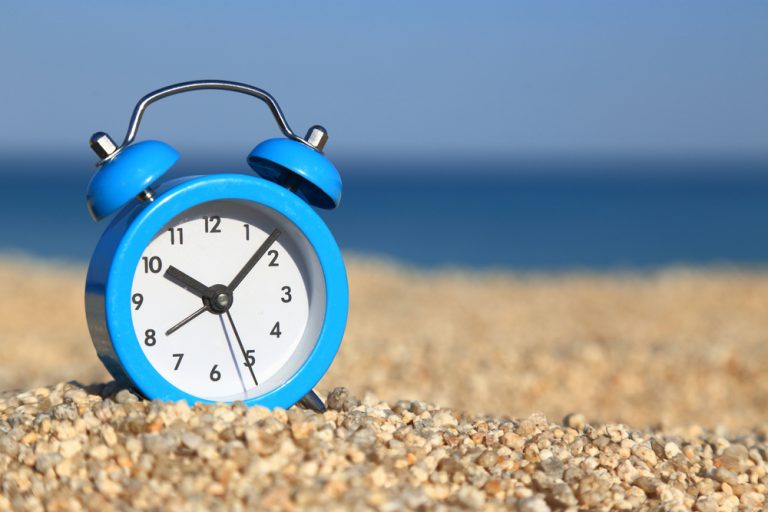There was an experiment on cats that was done where cats had to push a lever to escape a box. Initially, they took a 1.5 minutes to get out, but after multiple attempts it went down to a matter of seconds. “Behaviours follows by satisfying consequences tend to be repeated and those that produce unpleasant consequences are less likely to be repeated” – Thorndike.
WHY YOUR BRAIN BUILDS HABITS
It’s you like you trying something and find it relaxes you. Exploring something and then you get the reward.
What is it that I find “rewarding” like this that I keep going back to? What do I WANT to find rewarding like this?
“Habits are mental shortcuts learned from experience”
They give freedom by freeing your mind to think about other things. By automating the basic building blocks of life – Health, finances, relationships, work.
THE SCIENCE OF HOW HABITS WORK
Habits have a 4 step process – Cue, Craving, Response and Reward. The cues can be anything from primitive, food, water, sex to today’s secondary rewards – power, friendship, love, personal satisfaction or money.
“Your mind is continuously analyzing your internal and external environment for hints of where rewards are located”. These are cues. This leads to a craving.
Cravings are the motivation behind acting on a habit – You don’t crave the habit, but the reward from the habit.
“Cues are meaningless until they are interpreted”.
The response is the actual action step – The habit you do.
It might be a thought or an action. You will only do it if you are capable of it, are willing to spend the mental effort to do it and have the resources to do it. I.e. You might want to lose 20kg – But are you willing to spend that much effort on it? You might crave to be on a beach in Fiji, but do you have the money to go there? You might want to go up to that person and say hi, but lack the confidence to actually do it.
“Rewards are the end goal of every habit. The cue is about noticing the reward. The craving is about wanting the reward. The response is about obtaining the reward.
Rewards satisfy your craving for them – at least for a moment. They also teach us – Like the cat finding the lever to get out of the box. They teach us which will be valuable in the future.
“If a behaviour is insufficient in any of the 4 stages, it will not become a habit”.
Think about habits you want to solidify:
- Meal planning
- Prepping dinner early on in the day
- Brushing your teeth
- Planning your day the night before
- Doing the dishes regularly
- Putting away your things rather than leaving them around
- Doing homework with your children each day
- Reading a non-fiction book regularly
This is the habit feedback loop – It goes from Cue > Craving > Response > Reward.
Ultimately, “the purpose of every habit is to solve the problem”.
We can use these to make a positive habit, but we can also use the opposite to break a bad one. We can use these to change (probably) any human behavior.

If you haven’t done what you want to, the answer will be in these – Weight loss, doing a job, tidying the house, making dinner on time?
We can also change these around to remember them easily to create the acronym “POSE” Pretty, Obvious, Satisfying and Easy.
We are exploring Atomic Habits by James Clear one chapter at a time – Whilst this is a fantastic quite break down and reflection on it, I challenge you to pick up a copy and have a read too. This book is genuinely life-changing. See more posts about this book and Habits.





